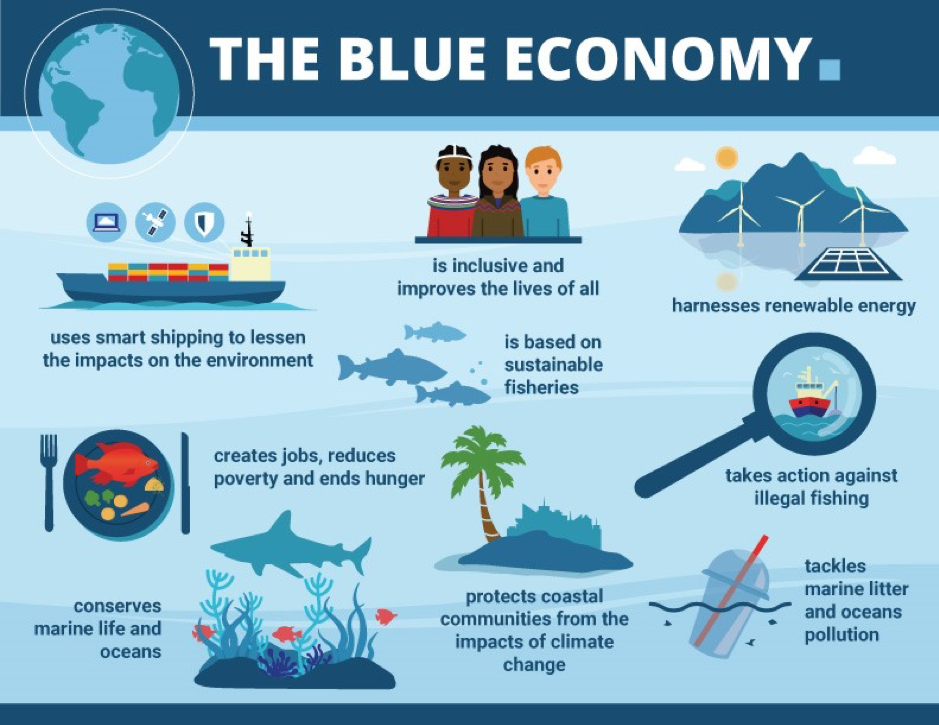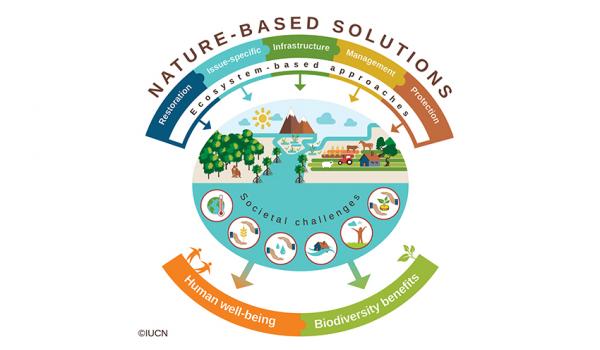Most of us who love the ocean can understand the need for marine protected areas. After documentaries like Chasing Coral, we understand that in protecting these habitats it creates a domino effect which aids each species in some way.

What is harder to understand is that everything, and I mean everything, in the ocean is connected in some way. A small piece of trash here and there can mean the production of giant trash islands two times the size of Texas in the Pacific Ocean. And yes, the Great Pacific Garbage Patch, that’s real—google it. Right now. Gross, right?
I get it, most of us only go to the beach on vacation or a class trip. There are plenty that aren’t lucky enough to live near an ocean and reap the amazing benefits that come from sunshine and salty sea air every day. However, there are still things we can do to help keep the ocean healthy. On a state and country level, marine protected areas (or MPAs) can help certain species and locations bounce back from danger by restricting fishing or recreational activities. Not just for the grizzled old man in a sailor’s cap at your bar, but on a global level, if we limit the amounts of fish that are allowed to be caught commercially, that species is given a chance to bounce back.
With the recent emergence of COVID-19 we can see what happens to the earth when humans restrict their activities: China’s air pollution plummets and Venice Italy’s canals are clear for the first time and fish and dolphins have returned! MPAs show this on a marine ecosystem scale because by protecting these areas, either annually or seasonally, you are allowing nature to thrive. By allowing nature to thrive we help mitigate the effect climate change has on specific ecosystems.

Nature’s way
Nature has a way of making things work. Like the tiny plant that bursts through a concrete sidewalk, it will find a way. Marine Protected Areas allow for nature to do what it does best—survive. There are things that humans have done that make it nearly impossible for nature to fight back, but we’ve seen some incredible adaptations even within the last decade that give hope. Predominantly cold-water sharks are finding food in warmer climates, we’ve seen the emergence of large numbers of fish that were deemed endangered, and coral is beginning to grow in harsher ecosystems.
I know what you’re thinking, the entire ocean should be a Marine Protected Areas! And, however unfeasible that idea is, you’re right! There should be many more MPAs around the world. In order to ensure a healthy ocean for future generations, strong protection of at least 30% of the ocean is needed by 2030. Protecting 30% by 2030 is what is needed to build the resilience of ocean life to adapt to climate change and buffer it from other threats like overfishing. Currently, only less than 1% of the ocean is actually protected, and only 3% is technically protected on paper.
This means that although there are several Marine Protected Areas enforced right now, it lies in the hands of everyday people to do their part. Take the extra steps to throw away your trash in a bin instead of on the ground, practice good decisions by only buying responsibly caught seafood, and donate to organizations that do real groundwork in protecting the oceans and its inhabitants.
What do you do to protect our Oceans?



